Good Science, Bad Science, Pseudoscience, and Just Plain Bunk
Good Science, Bad Science, Pseudoscience, and Just Plain Bunk
How to Tell the Difference
Peter A. Daempfle
ROWMAN & LITTLEFIELD PUBLISHERS, INC.
Lanham Boulder New York Toronto Plymouth, UK
Wisdom of Dialectical Materialism from Albert Einstein: Creator and Rebel by Banesh Hoffmann and Helen Dukas, copyright 1972 by Helen Dukas and Banesh Hoffmann. Used by permission of Dutton, a division of Penguin Group (USA) Inc.
Published by Rowman & Littlefield Publishers, Inc.
A wholly owned subsidiary of The Rowman & Littlefield Publishing Group, Inc.
4501 Forbes Boulevard, Suite 200, Lanham, Maryland 20706
www.rowman.com
10 Thornbury Road, Plymouth PL6 7PP, United Kingdom
Copyright 2013 by Rowman & Littlefield Publishers, Inc.
All rights reserved. No part of this book may be reproduced in any form or by any electronic or mechanical means, including information storage and retrieval systems, without written permission from the publisher, except by a reviewer who may quote passages in a review.
British Library Cataloguing in Publication Information Available
Library of Congress Cataloging-in-Publication Data
Daempfle, Peter.
Good science, bad science, pseudoscience, and just plain bunk : how to tell the difference / Peter A. Daempfle.
pages cm
Includes index.
ISBN 978-1-4422-1726-3 (cloth : alk. paper) ISBN 978-1-4422-1728-7 (ebook) (print) 1. ScienceMethodology. 2. Science newsEvaluation. 3. Communication in science. 4. ScienceStudy and teaching. I. Title.
Q175.D174 2013
500dc23
2012034880
 The paper used in this publication meets the minimum requirements of American National Standard for Information SciencesPermanence of Paper for Printed Library Materials, ANSI/NISO Z39.48-1992.
The paper used in this publication meets the minimum requirements of American National Standard for Information SciencesPermanence of Paper for Printed Library Materials, ANSI/NISO Z39.48-1992.
Printed in the United States of America
For my wife, Amy
For my children, Justina and Konrad
For my father, Tobias
Contents
Preface
This book shows the reader how to think like a scientist. It defines what science is and how it can be misused. Throughout the book, provocative scientific examples are provided that guide the reader to consider publicized claims more critically. The tools to question authority and think scientifically are given by exposing the reader to scientific cases and contemporary studies. Each example provided walks the reader through the research methodology and mathematics, history, philosophy, and educational research needed to understand the science. In this way, the roots to science literacy are acquired. The excitement and optimism science promises for the future is juxtaposed with threats to scientific integrity and the declining results of national science efforts.
Science is shown, throughout the book, as a dynamic part of a changing society. In short, this case-based, interdisciplinary approach to learning about the scientific process leads the reader to real truths behind the many natural phenomena treated. Good Science, Bad Science, Pseudoscience, and Just Plain Bunk: How to Tell the Difference develops an appreciation for the way in which we gain scientific knowledge. Debunking science myths and pseudoscience helps the reader to learn science information in a fun, applicable way.
Science standards are addressed by applying scientific information within cases, controversies, and history. The purpose of the book is thus to excite the readers innate interests in the scientific process and make the public better consumers of scientific information.
Outstanding or unique features of the work include:
- Original material from my research on the retention of students in undergraduate science, scientific reasoning, and the transition between high school and college science. The research has been peer-reviewed and published in separate articles in various refereed journals.
- Unique real-life examples, stories, poems, and ethical dilemmas that are provocative, held together by a concise overview of the aspects of scientific literacy.
- Quotations from respected scientists that bring the reader into the mind-set of science.
- Debate and discussion stimulations for instructors using the text presented by tapping interesting aspects of science, philosophy, history, mathematics, education, research methods, and critical-thinking strategies.
- Help for consumers of science to anchor their own thoughts and/or to provide teaching strategies for one of the many topics in each chapter of the book.
- Models of reasoning and guidelines for thinking critically.
- Information to make science accessible to a broad range of audiences and yet touch all of the areas needed for a full understanding of science.
- Major themes common to all scientific disciplines presented in a clear and readable manner for the general public.
Good Science, Bad Science, Pseudoscience, and Just Plain Bunk: How to Tell the Difference emphasizes an approach to learning science that is based on science as a process. Beginning chapters discuss process in a brief manner, with a focus on the analysis of an experiment. The book is an extension of the historical, philosophical, sociological, and mathematical ideas of science, which gives a full flavor of the underpinnings that compose scientific thought.
Cultural components to STEM (science, technology, engineering, and mathematics) success are discussed in order to determine a plan for improving access to these fields. Research on STEM education, careers, and social issues contributes to a unique strategy for success in U.S. retention and recruitment into STEM fields. The book advocates social pressure to move STEM to a forward position in our national priorities.
Current trends show a need for an understanding of science process increasing in most areas of the economy. Fewer professional jobs exist without the need for the knowledge of skills in science areas. The major textbooks only dedicate a piece of their books to such learning because of the need to cover content. This work infuses recent economic developments with changes in STEM areas. The ability of STEM fields and STEM education to drive future economic growth is explored. While there is a focus in the first chapters on provoking debate to stimulate the reader, this book continues to help readers detect good and bad science throughout the chapters.
The main audience for this book is people interested in science or science education. This includes readers who are entering STEM teaching or have children entering college science courses, people with a nonscience background who want to gain greater understanding about science myths and topics, and those who would like to gain insight into the state of science education today.
This book is also useful in establishing the foundation of course content for traditional, online-only, and hybrid introductory science methods courses. Other courses in which this book may be useful include: science research methods, introduction to education, science education reform, advanced high school science/honors courses, interdisciplinary science, integrated science, and critical thinking in science.
Those who want to increase a reorientation toward a STEM focus in the core curriculum of postsecondary institutions will find this book instrumental in such efforts. Instructors who are developing STEM courses for nonmajors to draw them into the related fields could use this book as a central text.
The integration of interdisciplinarity across the curriculum and within the sciences is reflected in the content of this book. History, philosophy, mathematics, science education, sociology, and politics anchor the book within a scientific framework, which is necessary for collateral thinking.

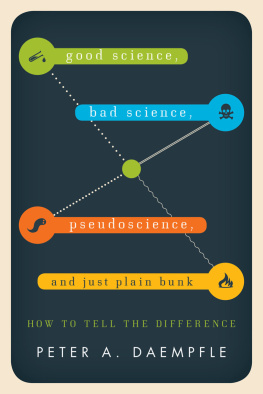
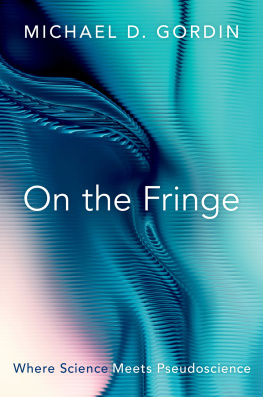
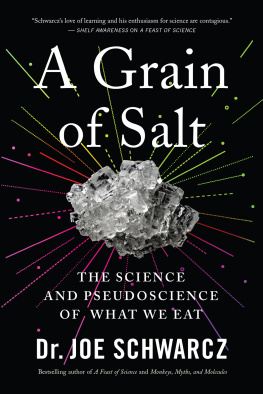

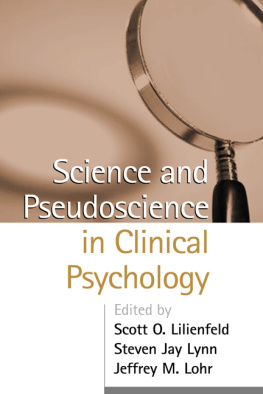
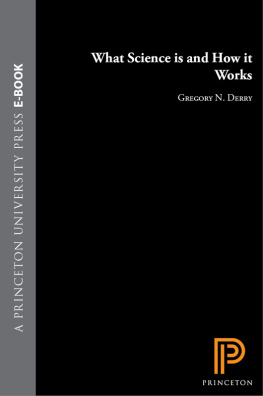

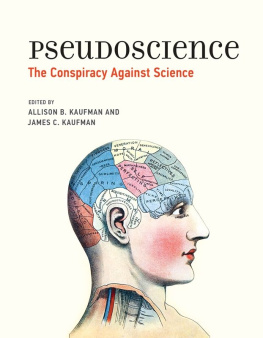
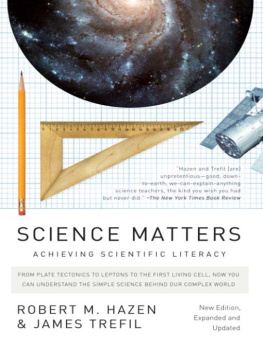
 The paper used in this publication meets the minimum requirements of American National Standard for Information SciencesPermanence of Paper for Printed Library Materials, ANSI/NISO Z39.48-1992.
The paper used in this publication meets the minimum requirements of American National Standard for Information SciencesPermanence of Paper for Printed Library Materials, ANSI/NISO Z39.48-1992.